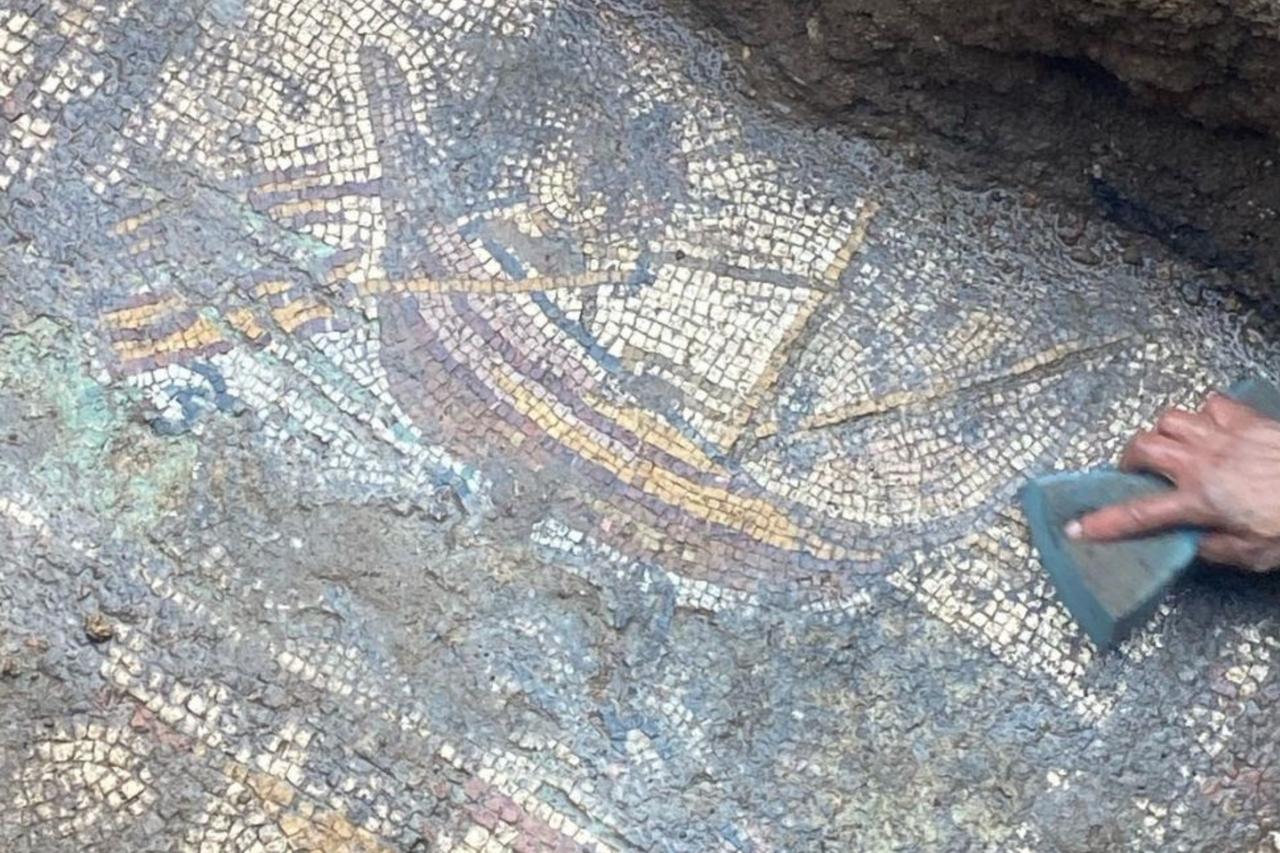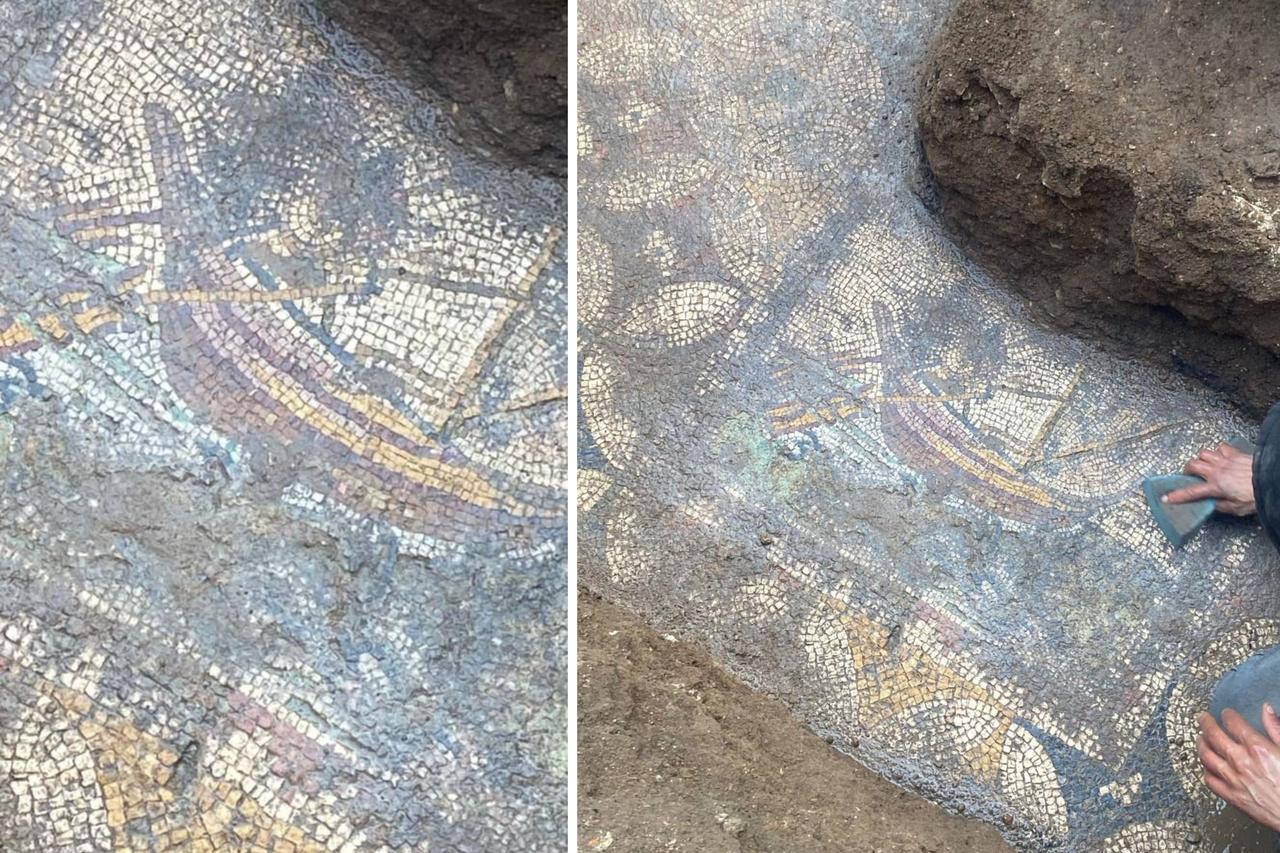
A recent archaeological find in Türkiye’s historic Iznik (ancient Nicaea) district of Bursa, has captivated both historians and film fans alike. A mosaic floor featuring detailed depictions of a galley and a deer was uncovered during excavation work beneath a residential property in the Beyler neighborhood. The discovery, dated to the early first century A.D., quickly became the center of a viral rumor: Could this site be the legendary home of Maximus Decimus Meridius from Gladiator?

Soon after the mosaic’s discovery, Turkish social media exploded with speculation. Claims emerged that the structure near the excavation site might be linked to the fictional general Maximus, portrayed by Russell Crowe in the Oscar-winning film Gladiator. However, historical evidence tells a different story.

While Ridley Scott’s Gladiator presents Maximus as a general under Emperor Marcus Aurelius, the character is a fictional composite. In the film, Crowe’s Maximus famously declares himself “Commander of the armies of the north ... Loyal servant to the true emperor, Marcus Aurelius,” but no such individual existed in Roman records.
Instead, Maximus draws inspiration from several real historical figures:
While Macrinus fought Germanic tribes like Maximus, he died peacefully, enjoying wealth and retirement, hardly the tragic warrior of Hollywood.

Archaeological teams from the Iznik Museum began examining the site two months ago after reports of buried artifacts. Once historical significance was confirmed, the area was officially designated a protected excavation zone. Access has been restricted, and the perimeter is now shielded with blue tarps and warning signs.
With the visit of Pope Leo XIV reportedly scheduled soon, the timing of the discovery has only intensified public interest.